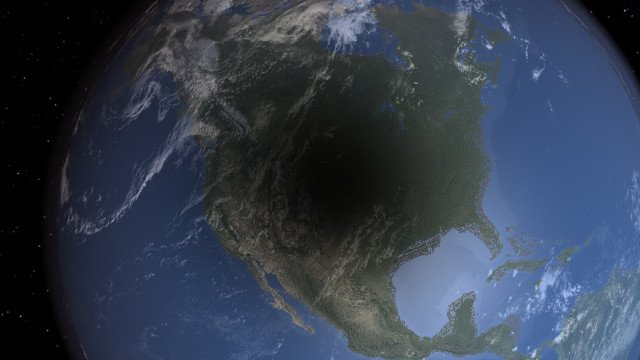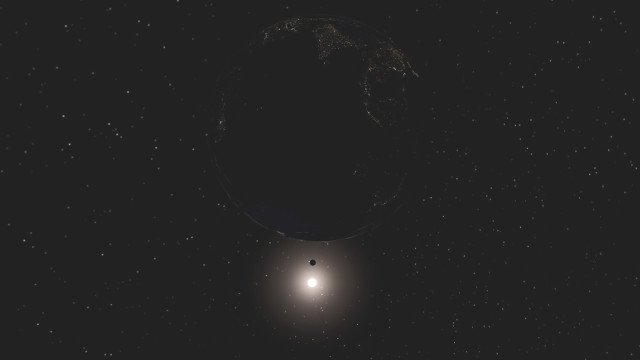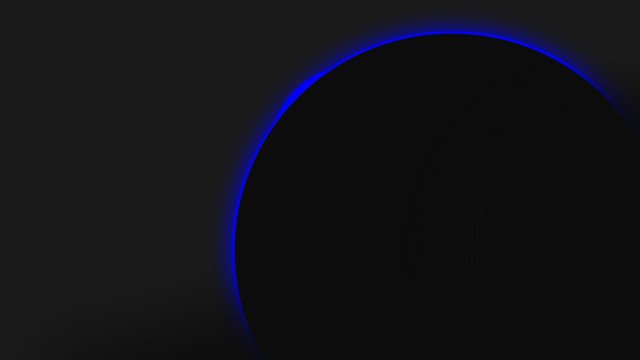On humanity’s time scale, today’s solar eclipse was a rare treat. It’s been 38 years since a similar eclipse passed through the United States, and it’ll be another 28 before it happens again.
However, on the cosmic scale such eclipses are a common occurrence. It’s estimated that over a billion of them have happened during Earth’s lifespan, with plenty more to come. But don’t let that detract from the significance of today. The average American will likely only have the opportunity to witness two total solar eclipses in their lifetime, which is equally sad and interesting.
And so when I look back at my unpreparedness to today, I wonder how I can call myself an astrophile. I might have a bookshelf full of books about dark matter, black holes, and star formation, but I didn’t bother to toss a pair of $0.99 eclipse glasses into my cart any of the 12 or so times I had the opportunity. So, when I woke up this morning realizing that I had no equipment for viewing the eclipse, I was disappointed with myself. Thankfully, I soon remembered that Universe Sandbox 2 recently added a simulation for the event with incredible precision.
Upon arriving in the game I found that the simulation menu had two options. The first simulation immediately focused on Earth’s face, with the Moon and Sun behind the camera. Over the course of several seconds I was able to watch a dark, circular shadow soar across the United States. It was almost as if Final Fantasy VII‘s meteor was soaring toward our planet, with a massive foreboding shadow telegraphing its movement.

Toward the upper limits of this shadow was the place I call home: Washington, USA. With 93% coverage, earlier today I watched as my neighborhood faded to darkness during the early morning. It wasn’t too much different than when we have heavily overcast days, but in this case it was cause for a large population of people at my apartment community to gather near the pool and chat about outer space.
The second simulation was a bit more technical. The camera zoomed out to show the location of the moon in relation to the Earth and Sun, all equipped with trails to indicate their pathing. From here I was able to click on all objects in the Solar System to view them exactly as they were earlier today. Apparently, four planets can be viewed clearly with telescopes today, including Jupiter, Mercury, Mars, and Venus.
From the perspective of the Earth, I was able to watch the Moon slowly creep leftward as the Earth spun at a steady rate. Within moments the Earth, Moon, and Sun aligned in perfect formation revealing a blazing hot corona. Typically, this corona is hidden by the sheer brightness of the Sun. It is only when Moon works its magic is it clearly visible.

Watching a small celestial object like the Moon intercept the Sun is quite a sight to behold. After all, you could fit 64.3 million Moons inside the Sun, so the Moon’s close proximity to us is the only reason this event is possible.
I played through the simulation a few more times at various speeds and camera angles to study positioning and snap a few screenshots.

If nothing else, what I learned (once again) is just how vast space is. The Moon is 238,900 miles from us, while the Sun is an incredible 92.97 million. While that second figure might appear beyond comprehension, the amount of space between stars is far greater than that. In-fact, the closest star is about 25 trillion miles from us, and that’s a relatively standard distance for stars to be spread apart.
Space has once again blown my mind.







